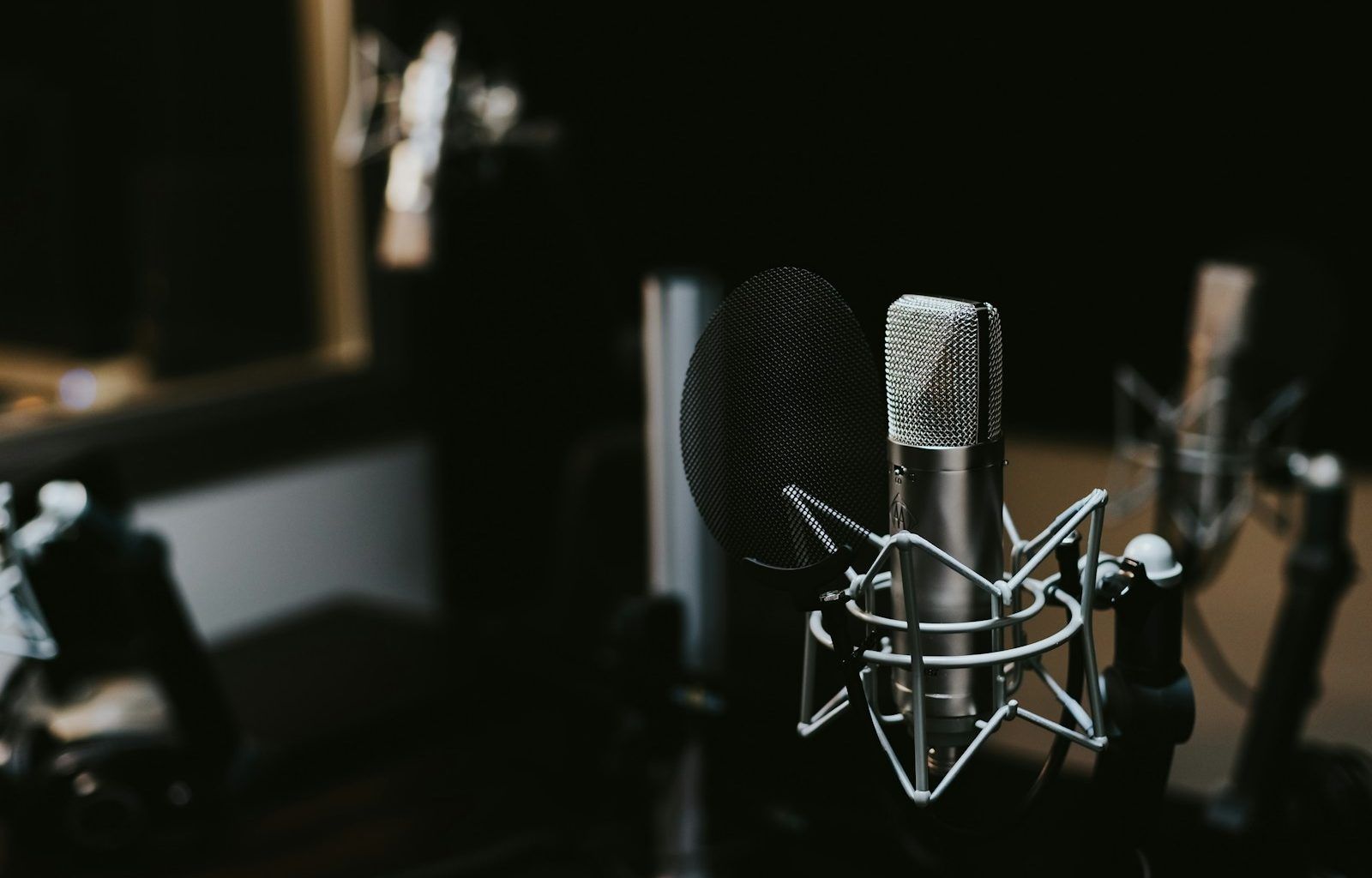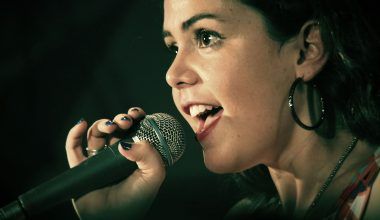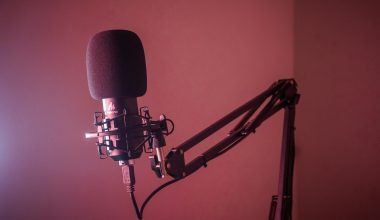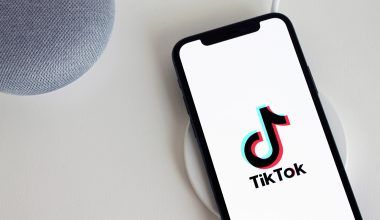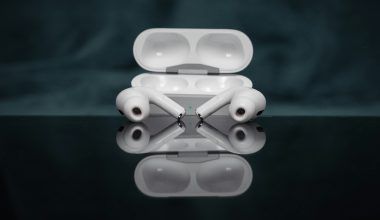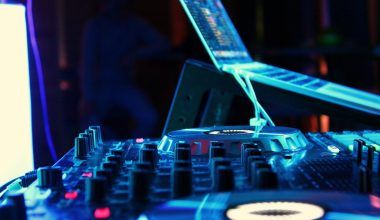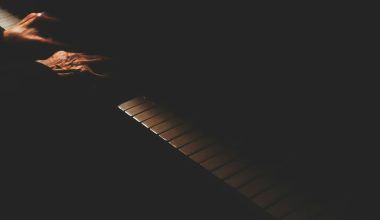Starting your own studio can feel exciting but also a little overwhelming. You might be wondering, “What do I really need?” or “How do I make it all come together without breaking the bank?” Don’t worry! beginner studio setup doesn’t have to be complicated or expensive. With the right plan and some smart choices, you’ll be ready to create a space that feels just right for your needs.
Why Your Studio Space Matters
Your studio is more than just a physical space. It’s where creativity flows and ideas come to life. Whether you’re starting a home studio for music, photography, or art, the way you set it up can make all the difference. A comfortable, functional, and inspiring environment will help you stay productive and motivated.
The good news? You don’t need a huge budget or tons of fancy gear to create a space that works for you. Let’s dive into the essentials for a beginner studio setup and how to make your space work without stress.
Choosing the Right Space for Your Studio
Before you buy any equipment or furniture, take a moment to think about where your studio will be. It could be a spare bedroom, a corner of your living room, or even a section of your garage. The size doesn’t matter as much as how you organize and use it.
Look for a spot that’s quiet, has good lighting, and can be free from distractions. If you’re setting up a music studio, you’ll want to think about soundproofing. For an art or photography studio, natural light might be your top priority.
The Basics You’ll Need for a Beginner Studio Setup
It’s tempting to buy all the latest gadgets and tools, but start with the basics. You can always upgrade later. Let’s go over the essentials for different types of studios.
For a Music Studio
- Computer or Laptop: A reliable computer is the heart of any music studio. Look for one with enough power to handle recording software.
- Digital Audio Workstation (DAW): This is the software you’ll use to record, edit, and produce your music. Popular options include Ableton Live, Logic Pro, and GarageBand (great for beginners).
- Audio Interface: This device connects your instruments or microphones to your computer. It’s a must-have for good sound quality.
- Microphone: A good-quality condenser mic is ideal for vocals and instruments.
- Headphones and Monitors: Invest in studio headphones for accurate sound and consider adding studio monitors when your budget allows.
For an Art or Craft Studio
- Worktable: A sturdy, spacious table is essential for painting, drawing, or crafting.
- Storage: Shelves, drawers, or storage bins will help you keep materials organized.
- Lighting: Natural light is best, but daylight-balanced LED lamps are a great alternative.
- Tools and Supplies: Start with the basics for your medium—paints, brushes, pencils, or other essentials.
For a Photography Studio
- Camera and Lenses: A DSLR or mirrorless camera is a good investment. Begin with a versatile lens like a 50mm.
- Tripod: A sturdy tripod is crucial for steady shots.
- Lighting: Softboxes, ring lights, or LED panels will help you control lighting.
- Backdrop: A seamless paper backdrop or fabric works well for photoshoots.
Organizing Your Studio Space
Once you’ve gathered your essentials, it’s time to set up your space. Keep these tips in mind:
- Create Zones: Divide your studio into sections based on tasks. For example, have a recording zone, a mixing area, or a workspace for hands-on projects.
- Cable Management: Use cable ties or clips to keep cords organized. It might not sound exciting, but it’ll make your space look and feel more professional.
- Comfortable Seating: Don’t underestimate the power of a comfy chair. You’ll spend hours in your studio, so pick one that supports good posture.
Adding a Personal Touch
Your studio should reflect your personality and inspire you. Add items like artwork, plants, or even fairy lights to make it a space you love spending time in. A few personal touches can make the difference between a functional studio and one that feels truly yours.
Budget-Friendly Tips for Your Beginner Studio Setup
Setting up a studio doesn’t have to drain your wallet. Here are some ways to save money:
- Start Small: Focus on the essentials and upgrade as you go.
- Buy Used Gear: Websites like eBay or Facebook Marketplace often have great deals on second-hand equipment.
- DIY Where Possible: You can make your own soundproofing panels or build shelves from inexpensive materials.
Keeping Your Studio Organized
An organized studio is a productive studio. Spend a little time each week tidying up and putting things back where they belong. This will save you time and energy in the long run.
Troubleshooting Common Issues
As you start working in your studio, you might run into some challenges. Maybe the acoustics aren’t quite right, or you feel cramped in a small space. Don’t get discouraged! There’s always a solution. For example, adding rugs or curtains can help with sound, and clever storage solutions can make even a tiny studio feel spacious.
Wrapping Up
Setting up a beginner studio is an exciting journey. It’s your chance to create a space where you can let your creativity shine. Remember, it’s okay to start small and build over time. The most important thing is to make your studio work for you.
Whether you’re making music, creating art, or taking photos, your studio is where the magic happens. With a little planning and some thoughtful choices, you’ll have a setup that feels just right.
Take it one step at a time, enjoy the process, and most importantly—have fun creating!
For further reading, explore these related articles:
- A Journey Through John Mayer Songs
- Celebrating Your Brother with the Best Song for Brother: A Heartwarming Playlist
For additional resources on music marketing and distribution, visit DMT Records Pvt. Ltd.
